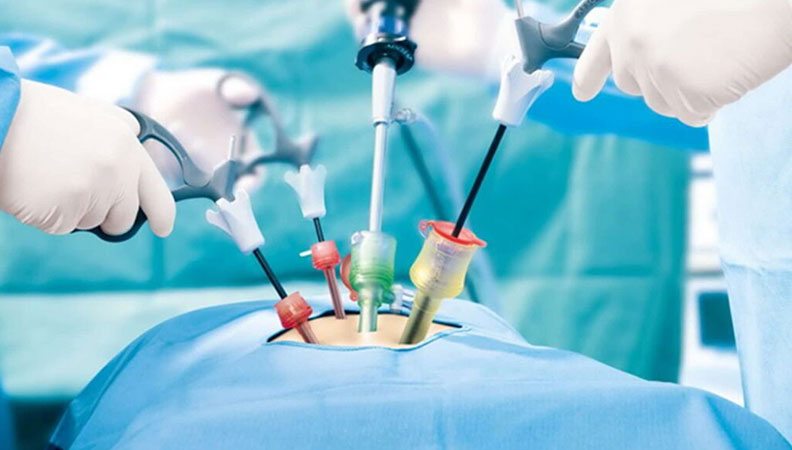Laparoscopy: A Minimally Invasive Surgical Procedure
Laparoscopy, often referred to as keyhole surgery, is a surgical technique that uses small incisions to diagnose and treat conditions in the abdomen or pelvis. It's a less invasive alternative to traditional open surgery, offering several advantages.
How Does Laparoscopy Work?
Small Incisions: The surgeon makes several small incisions, typically less than half an inch long.
Laparoscope Insertion: A thin, lighted tube with a tiny camera attached (laparoscope) is inserted through one of the incisions.
Visualization: The camera transmits images to a monitor, allowing the surgeon to see the inside of the abdomen or pelvis.
Surgical Instruments: Additional small incisions may be made to insert surgical instruments to perform necessary procedures.
Applications of Laparoscopy
Laparoscopy is widely used in various medical fields. It is commonly used in gynecology for procedures like hysterectomy, ovarian cyst removal, and treatment of endometriosis. In gastroenterology, it aids in diagnosing and treating conditions such as appendicitis, gallbladder removal, hernia repair, and colorectal surgeries. Laparoscopy is also utilized in urology for surgeries involving the kidneys, bladder, or prostate.
In addition to these applications, laparoscopy can be used for diagnostic purposes. If a patient presents with chronic abdominal pain or other unexplained symptoms, the surgeon may perform a diagnostic laparoscopy to visualize the internal organs and identify potential issues.
Benefits of Laparoscopy
Compared to traditional open surgery, laparoscopy offers several advantages. Because the incisions are smaller, there is less post-operative pain and scarring. Patients experience faster recovery times, often returning home the same day or within a few days after surgery. There is also a reduced risk of infection and fewer complications. The shorter hospital stay and quicker return to normal activities make laparoscopy a popular choice for both patients and healthcare providers.
Risks and Complications
Although laparoscopy is generally considered safe, it does carry some risks, as with any surgical procedure. Potential complications include:
Infection Any surgical procedure carries a risk of infection at the incision site or within the abdomen.
Bleeding Excessive bleeding may occur if a blood vessel is accidentally damaged during surgery.
Damage to Surrounding Organs In rare cases, nearby organs such as the intestines, bladder, or blood vessels can be accidentally injured during laparoscopy.
Blood Clots As with any surgery, there is a small risk of developing blood clots in the legs or lungs.

